
Vintage style clothing offers a timeless charm and sophistication that transcends the fluctuating trends of modern fashion. For men, incorporating vintage elements into their wardrobe can create a unique and polished look that stands out. This blog will delve into the essential men’s vintage clothing pieces from different eras, providing tips on how to wear and style them in today’s context. Whether you’re a seasoned vintage enthusiast or new to the world of retro fashion, this guide will help you master vintage style.
The Appeal of Vintage Clothing

Before we dive into specific clothing items, it’s worth understanding why vintage fashion has such enduring appeal:
- Timeless Elegance: Vintage clothing often features classic designs that remain stylish regardless of current trends.
- Quality Craftsmanship: Many vintage pieces were made with superior materials and construction methods, ensuring they stand the test of time.
- Unique Style: Wearing vintage ensures a distinct look, as these items are often rare or one-of-a-kind.
- Sustainability: Choosing vintage clothing is an eco-friendly option that reduces waste and the demand for new resources.
Essential Vintage Clothing Pieces
1. The Leather Jacket

Era: 1940s-1950s
Why It’s Essential: The leather jacket is an iconic piece that has been a staple in men’s fashion for decades. Originally popularized in the 1940s and 1950s by Hollywood stars like Marlon Brando and James Dean, the leather jacket epitomizes cool, rugged masculinity.
How to Style:
- Casual Look: Pair a vintage leather jacket with a white t-shirt, blue jeans, and boots for a classic, casual outfit.
- Smart-Casual: Layer the jacket over a button-down shirt, chinos, and loafers for a polished yet relaxed look.
2. The Tailored Suit
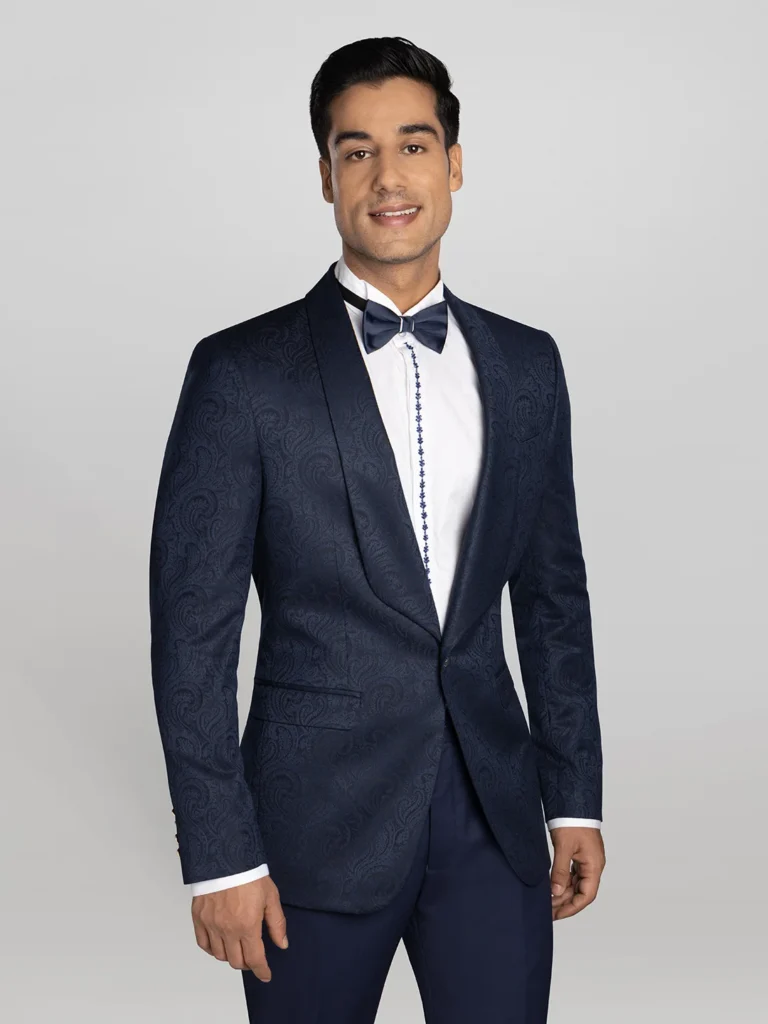
Era: 1920s-1960s
Why It’s Essential: A well-tailored suit from the past is a testament to the craftsmanship of earlier eras. Vintage suits, particularly from the 1920s to the 1960s, feature high-quality fabrics and meticulous tailoring, providing a fit and style that modern off-the-rack suits often can’t match.
How to Style:
- Formal Occasions: Wear a full vintage suit with a crisp dress shirt, tie, and polished dress shoes.
- Mix and Match: Incorporate the suit jacket or trousers into your contemporary outfits. For example, pair the jacket with modern slim-fit jeans and a turtleneck for a sophisticated look.
3. Vintage Denim

Era: 1950s-1980s
Why It’s Essential: Denim has been a cornerstone of casual fashion for decades. Vintage denim jeans and jackets, particularly those from iconic brands like Levi’s, are highly sought after for their durability and timeless style.
How to Style:
- Casual Outfit: Pair vintage denim jeans with a simple t-shirt and sneakers for a laid-back look.
- Layered Look: Wear a vintage denim jacket over a hoodie or flannel shirt, combined with chinos or black jeans, for a rugged, layered outfit.
4. The Wool Overcoat
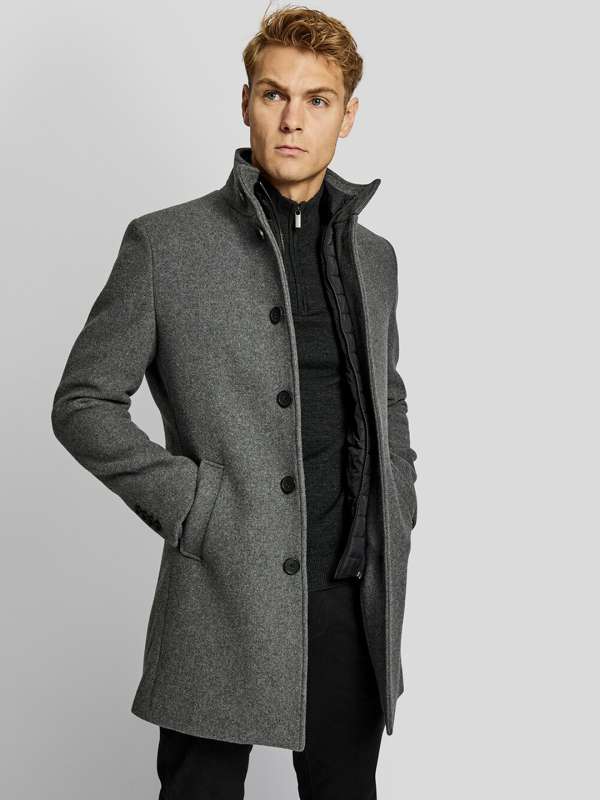
Era: 1930s-1950s
Why It’s Essential: A vintage wool overcoat is a versatile piece that adds a touch of elegance to any winter wardrobe. Known for their warmth and classic design, these coats are perfect for formal and casual settings.
How to Style:
- Formal Look: Wear the overcoat over a suit for a polished, winter-ready outfit.
- Casual Elegance: Pair the coat with a sweater, scarf, and tailored trousers or jeans for a sophisticated yet relaxed look.
5. The Fedora Hat
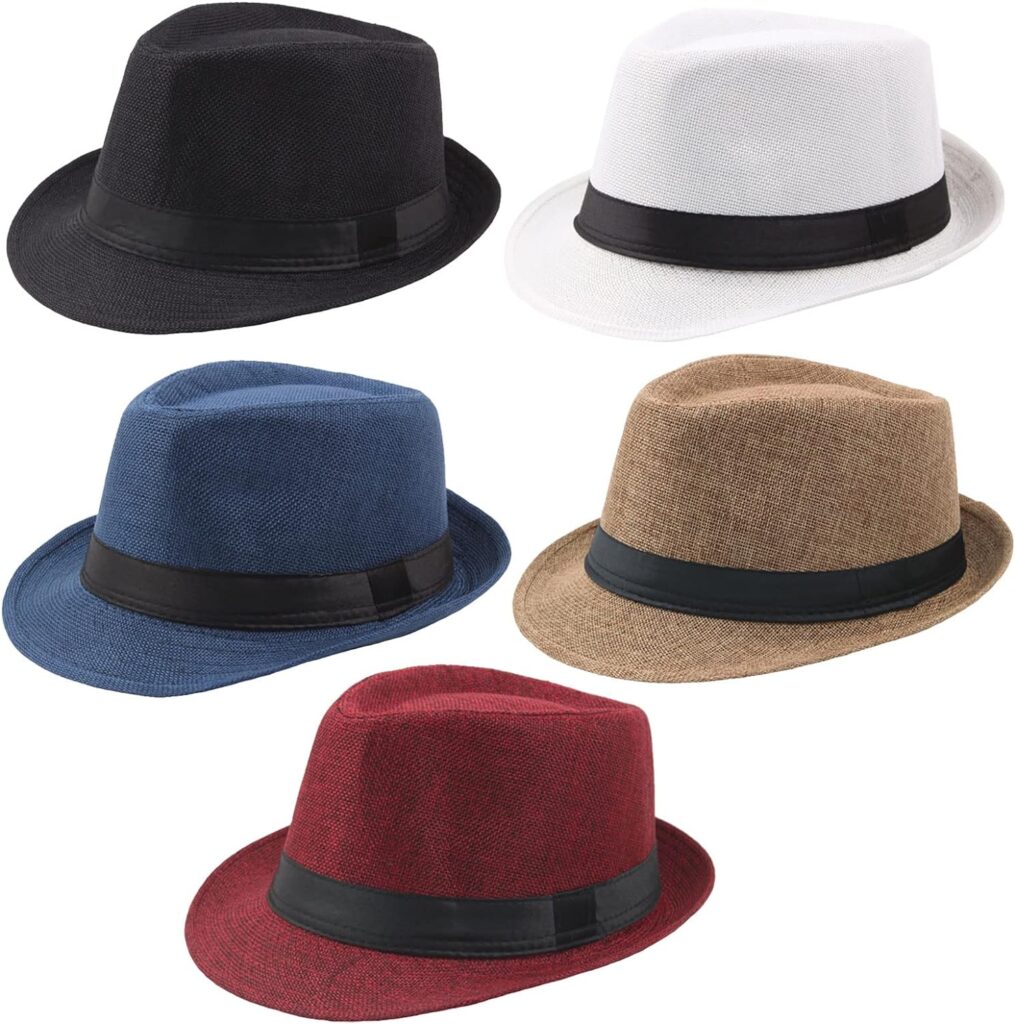
Era: 1920s-1950s
Why It’s Essential: The fedora hat was a popular accessory in the early to mid-20th century, symbolizing sophistication and style. Today, it remains a classic accessory that can elevate a range of outfits.
How to Style:
- Formal Attire: Pair a fedora with a suit and overcoat for a vintage-inspired formal look.
- Casual Style: Combine the hat with a leather jacket, t-shirt, and jeans for a retro-casual ensemble.
6. The Vintage Sweater

Era: 1940s-1970s
Why It’s Essential: Vintage sweaters, especially those made from wool or cashmere, are prized for their warmth, comfort, and unique patterns. From chunky knits to fair isle patterns, vintage sweaters add character to any wardrobe.
- Casual Look: Wear a vintage sweater with jeans and boots for a cozy, casual outfit.
- Layered Ensemble: Layer a patterned vintage sweater over a collared shirt and pair it with chinos for a smart-casual look.
7. The Vintage Tuxedo
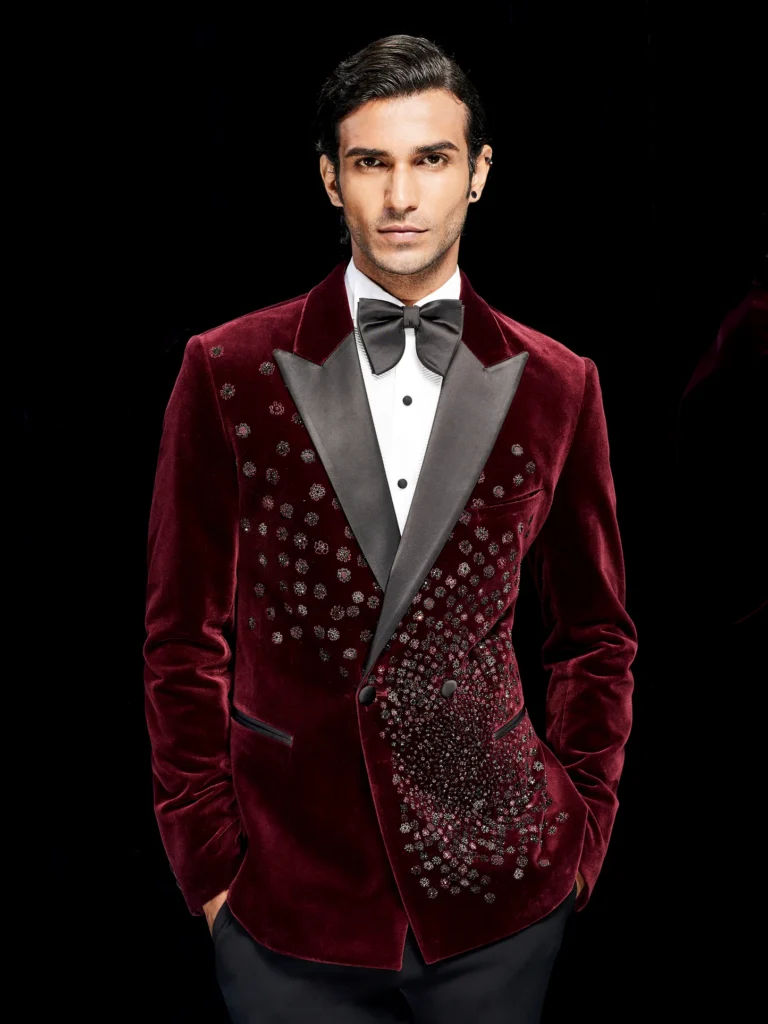
images taken by freepik
Era: 1920s-1950s
Why It’s Essential: A vintage tuxedo exudes class and elegance, making it an excellent choice for formal events. The unique cuts and fabrics of vintage tuxedos set them apart from modern designs.
How to Style:
- Formal Events: Wear the tuxedo with a bow tie, dress shirt, and patent leather shoes for a classic, formal look.
- Modern Twist: Mix the tuxedo jacket with dark jeans and a turtleneck for a contemporary take on formalwear.
8. The Hawaiian Shirt
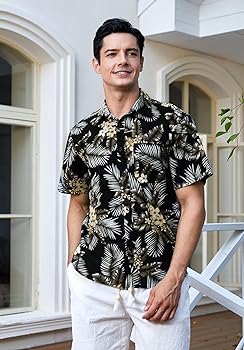
Era: 1940s-1960s
Why It’s Essential: The Hawaiian shirt is a fun and vibrant piece that brings a touch of the tropics to any wardrobe. Its bold patterns and relaxed fit make it perfect for casual summer outfits.
How to Style:
- Casual Look: Wear the Hawaiian shirt with shorts and sandals for a beach-ready outfit.
- Smart-Casual: Pair the shirt with chinos and loafers for a laid-back yet stylish look.
Where to Find Vintage Clothing
Finding quality vintage clothing requires some effort, but the results are worth it. Here are some tips on where to look:
- Thrift Stores: Local thrift stores can be treasure troves of vintage clothing. Spend time browsing the racks to uncover hidden gems.
- Vintage Boutiques: Specialty vintage stores often curate high-quality items, saving you time and effort.
- Online Marketplaces: Websites like eBay, Etsy, and specialized vintage clothing sites offer a wide selection of vintage items.
- Estate Sales and Auctions: Estate sales and auctions can yield high-quality vintage clothing at reasonable prices.
- Flea Markets: Flea markets often have vendors specializing in vintage clothing. These can be great places to find unique pieces.
Caring for Vintage Clothing
Proper care for vintage clothing ensures that these cherished pieces remain in excellent condition:
- Read Labels: Pay attention to care labels and follow the recommended cleaning methods.
- Gentle Washing: Hand wash or use a gentle cycle for delicate items. Avoid harsh detergents.
- Drying: Air dry vintage clothing whenever possible to prevent shrinkage and damage.

